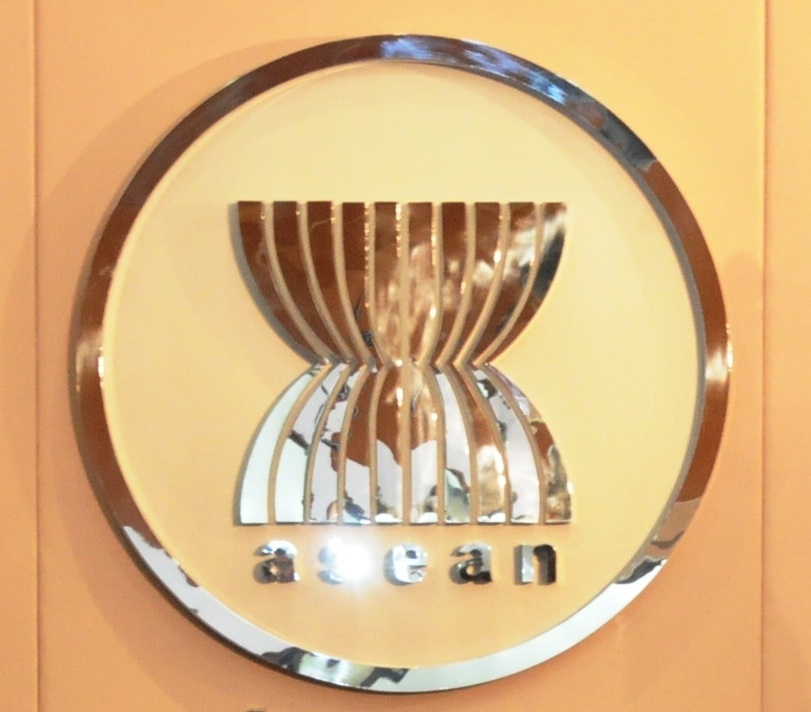
ASEAN and the South China Sea Dispute
 From September 12 to 15, the Association of Southeast Asian Nations (ASEAN) held a series of meetings in preparation for the 21st ASEAN Summit scheduled for this November. High on the agenda were the territorial disputes in the South China Sea. The ASEAN-China Senior Officials’ Informal Consultations on the Code of Conduct (COC) in the South China Sea meeting was the third attempt by Cambodia, the 2012 ASEAN Chair, to initiate such a discussion.
From September 12 to 15, the Association of Southeast Asian Nations (ASEAN) held a series of meetings in preparation for the 21st ASEAN Summit scheduled for this November. High on the agenda were the territorial disputes in the South China Sea. The ASEAN-China Senior Officials’ Informal Consultations on the Code of Conduct (COC) in the South China Sea meeting was the third attempt by Cambodia, the 2012 ASEAN Chair, to initiate such a discussion.
ASEAN’s current draft of the COC provides two settlement mechanisms. The first is through the ASEAN Treaty of Amity and Cooperation in Southeast Asia (TAC). Under this system, force or threat of force is banned and a High Council, with senior politicians from countries with a territorial claim, would be assembled to recommend settlement options.
This would keep the dispute from becoming militarized. While China isn’t a member of ASEAN, it signed the TAC in 2003. This means the TAC has power over all the countries in this dispute and could bring them to the negotiating table if everyone agreed to the COC.
The other mechanism for dispute resolution is the United Nations Convention on the Law of the Sea (UNCLOS). Under this treaty, territorial disputes are resolved in the International Tribunal for the Law of the Sea.
Under UNCLOS, all countries may claim territory up to 200 miles off of their coasts. While China signed the UNCLOS, it has spoken out against applying the UNCLOS to this dispute even though its territorial claims infringe upon other’s Exclusive Economic Zone (EEZ).
China has repeatedly stated that the SCS dispute is between itself and individual countries rather than between itself and the ASEAN. This is because bi-lateral meetings favor China, whereas ASEAN has more balanced negotiating power with China. We will have to wait at least until November to see if the work put into the COC will bear any fruit.
The United States strongly supports ASEAN leadership in the conflict and for it to be resolved through the COC. Earlier this month, Secretary Clinton called for ASEAN to unite in this dispute. One reason behind this is that a more unified ASEAN is a greater hedge against growing Chinese power in the region. While it is very unlikely that this dispute will end anytime soon, the goal is to have the COC ready for the November summit.
This is a complex conflict that continues to get more complicated. For example, China created a new national prefecture that includes the contested Paracel Islands. With the amount of international and regional support for ASEAN taking the lead on this matter, it is hopeful that ASEAN provides the settlement framework. At the same time, progress will be slow and a breakthrough unlikely to surface any time soon. This is an issue that has been ongoing for years and will likely go on for years to come.






[…] where nations collaborate on resource development. He recommended that the U.S. continue supporting ASEAN in developing a Code of Conduct and for the U.S. to ratify […]
[…] ASEAN and the South China Sea Dispute […]